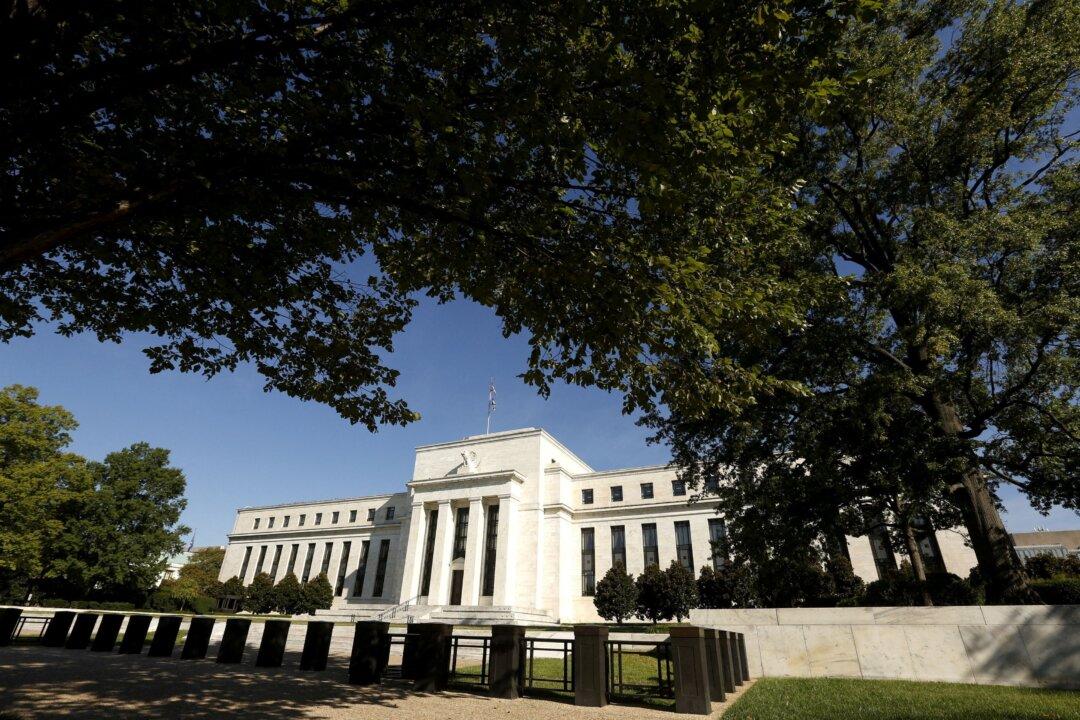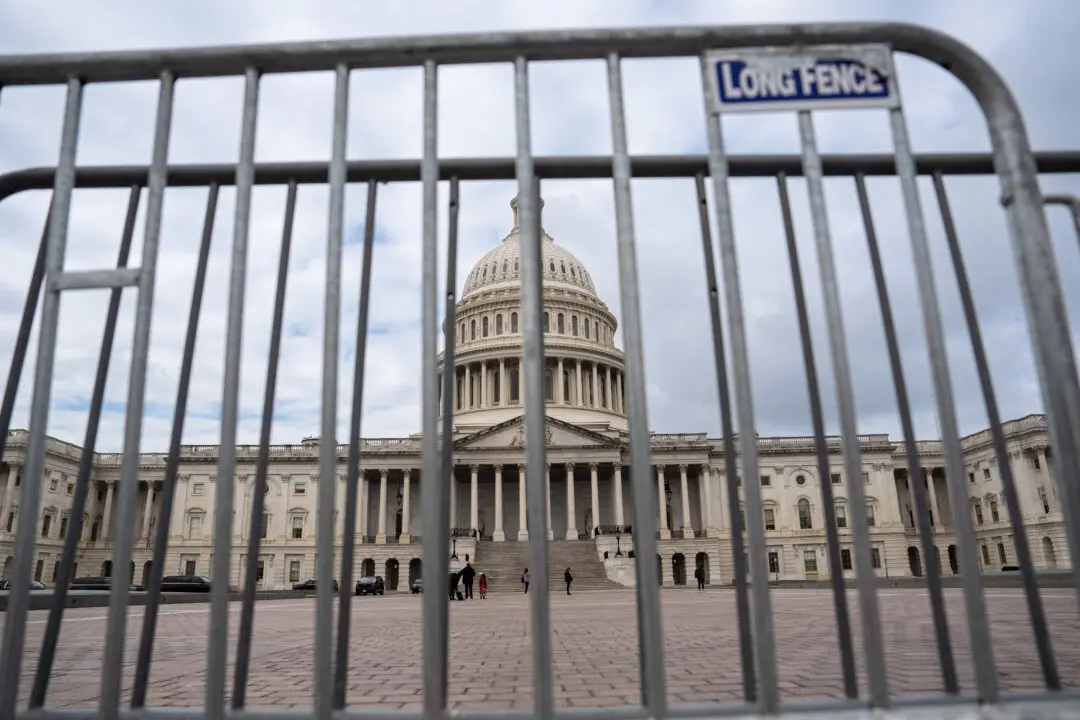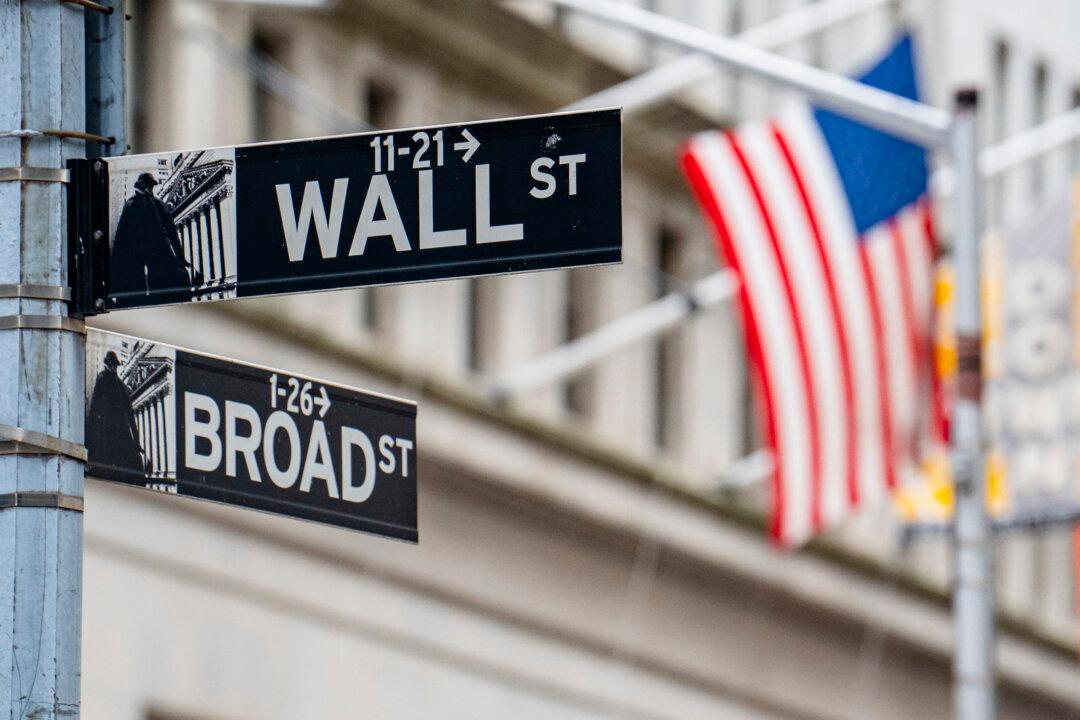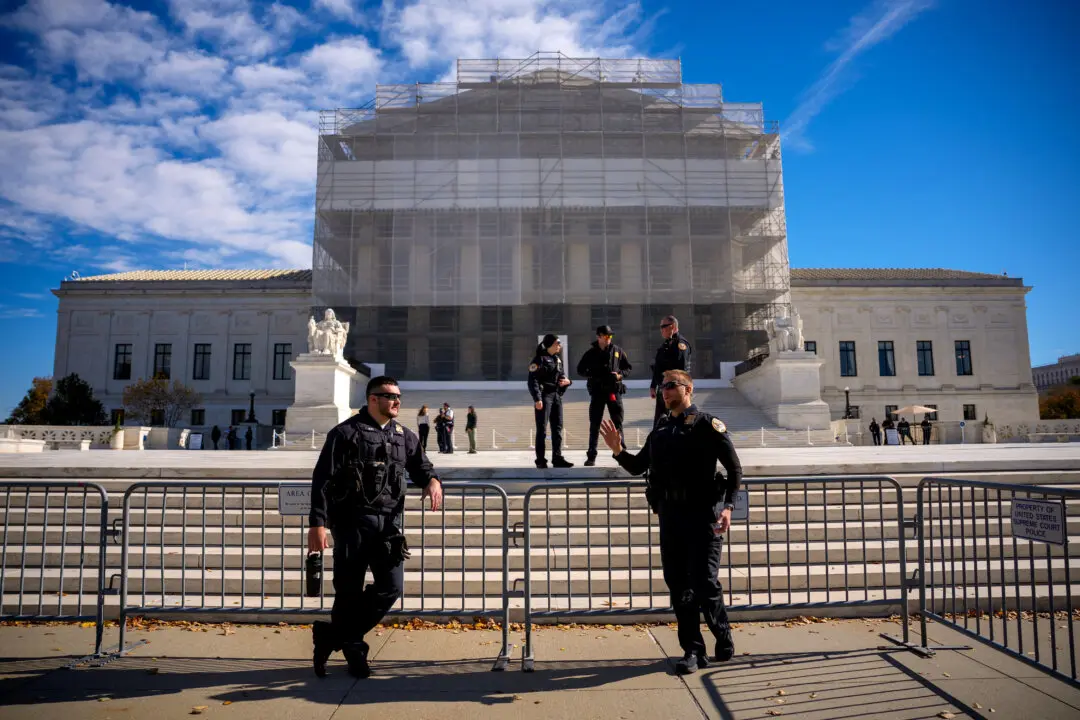During the contentious nomination process for Sarah Bloom Raskin, who subsequently withdrew her candidacy to serve at the Federal Reserve, the politicization of the U.S. central bank has come into question again.
Emre Kuvvet, an associate professor of finance at Nova Southeastern University, published a report on The Wall Street Journal that assessed the party affiliation of economists at the central bank.





